MANHATTAN, KANSAS – The Manhattan Public Library hosted its first Kansas Scholastic Chess Association-rated Chess Tournament on Saturday, January 13. The tournament had 95 participants competing in K-5, K-8 or K-12 sections in the 6 Round Swiss Tournament.
Parijat Mondal, a student at Manhattan High School, took first place in the K-12 section with fellow student Jacob Grace who took 8th place. However, it was not just a day for individual wins for Manhattan High School.
The Manhattan High School Chess Team took 2nd place. The team included Parijat Mondal, Jacob Grace, Matthew Pickering, Gergely Chikan, and Austin Bender.
The tournament was organized by Tom Claman, a current marketing analyst at GTM Sportwear, and Charles Carlson, a PhD student in the Biomedical Computing and Devices Lab at Kansas State University.
Other local participants included Solon Xia, Ethan Xia and Harvey Anspaugh.
Congratulations to all who competed! Manhattan Public Library continues to connect the community to a world of ideas and information.
# # #


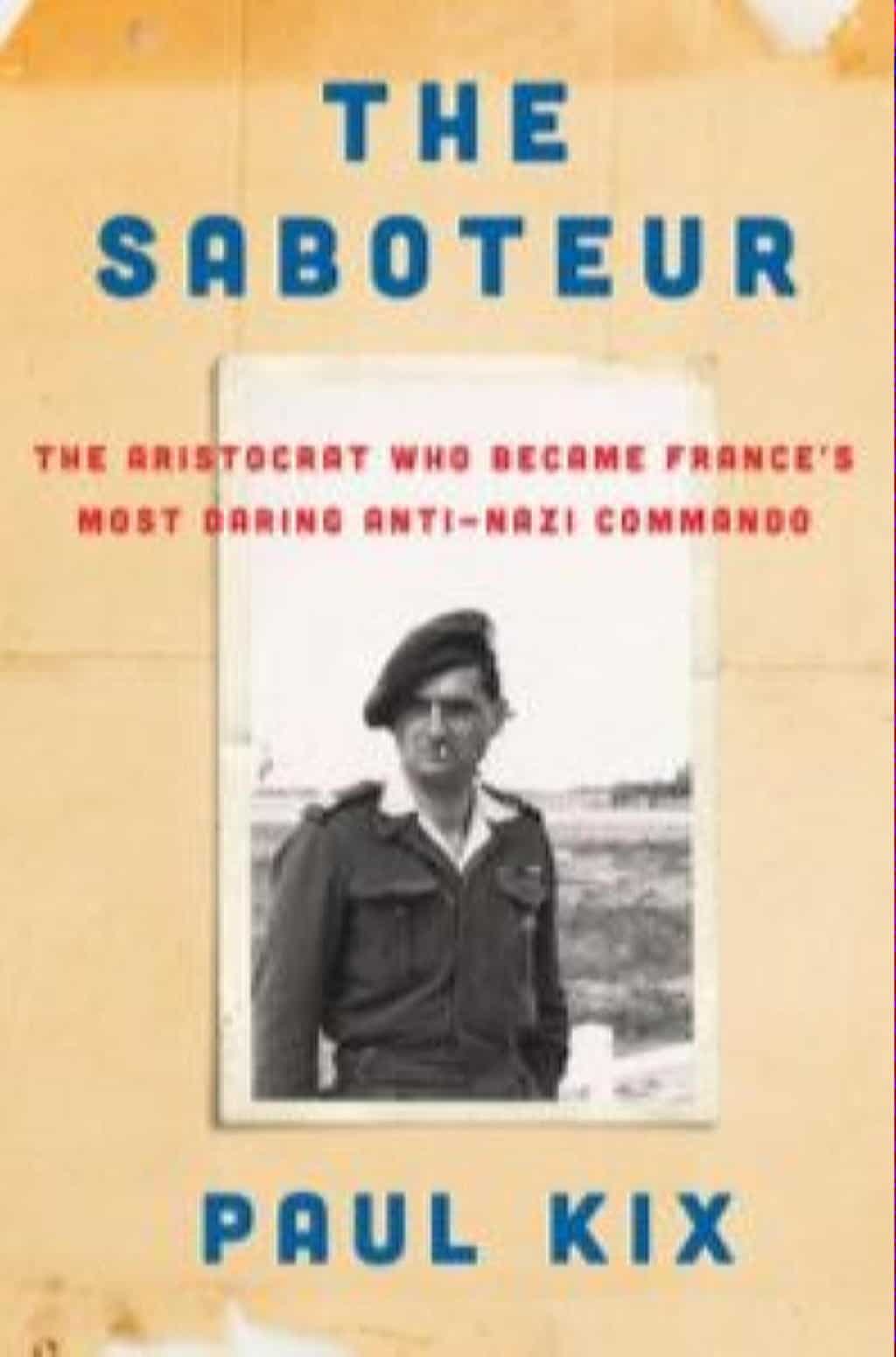 A World War II Hero of the French Resistance
A World War II Hero of the French Resistance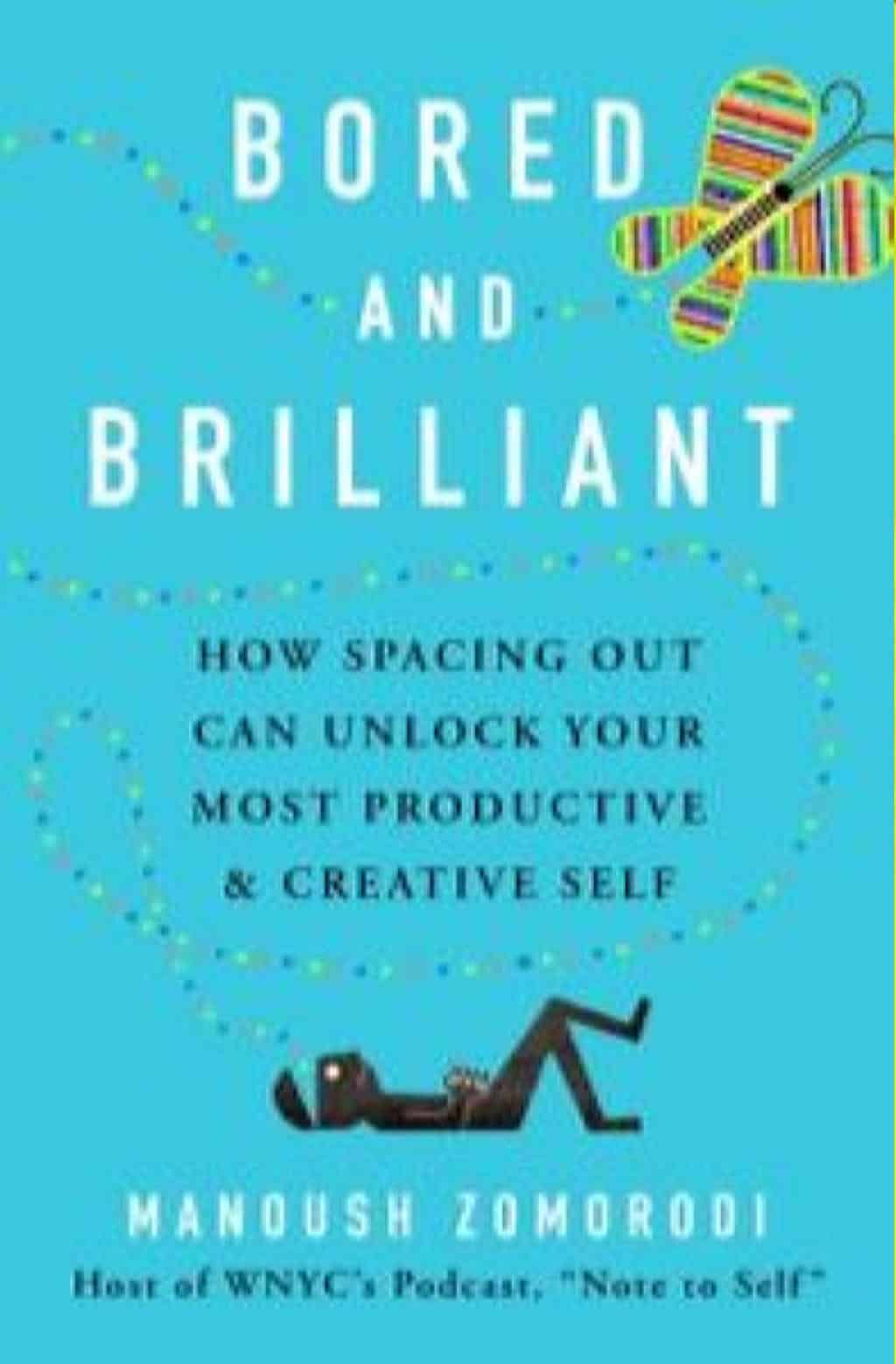 Books to Help You Make 2018 the Best Year Yet
Books to Help You Make 2018 the Best Year Yet Women Around the World
Women Around the World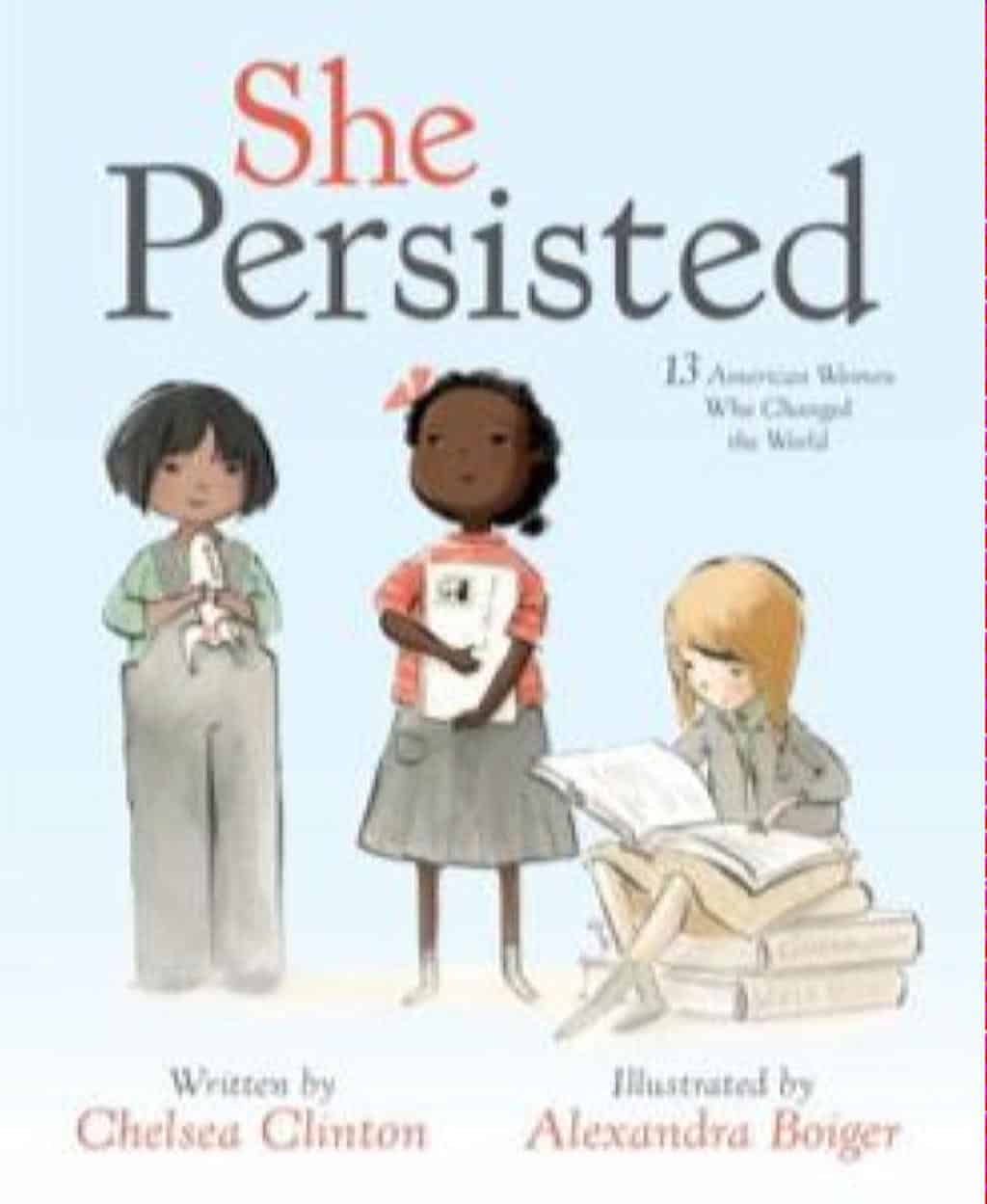 Children’s Books Celebrating Females
Children’s Books Celebrating Females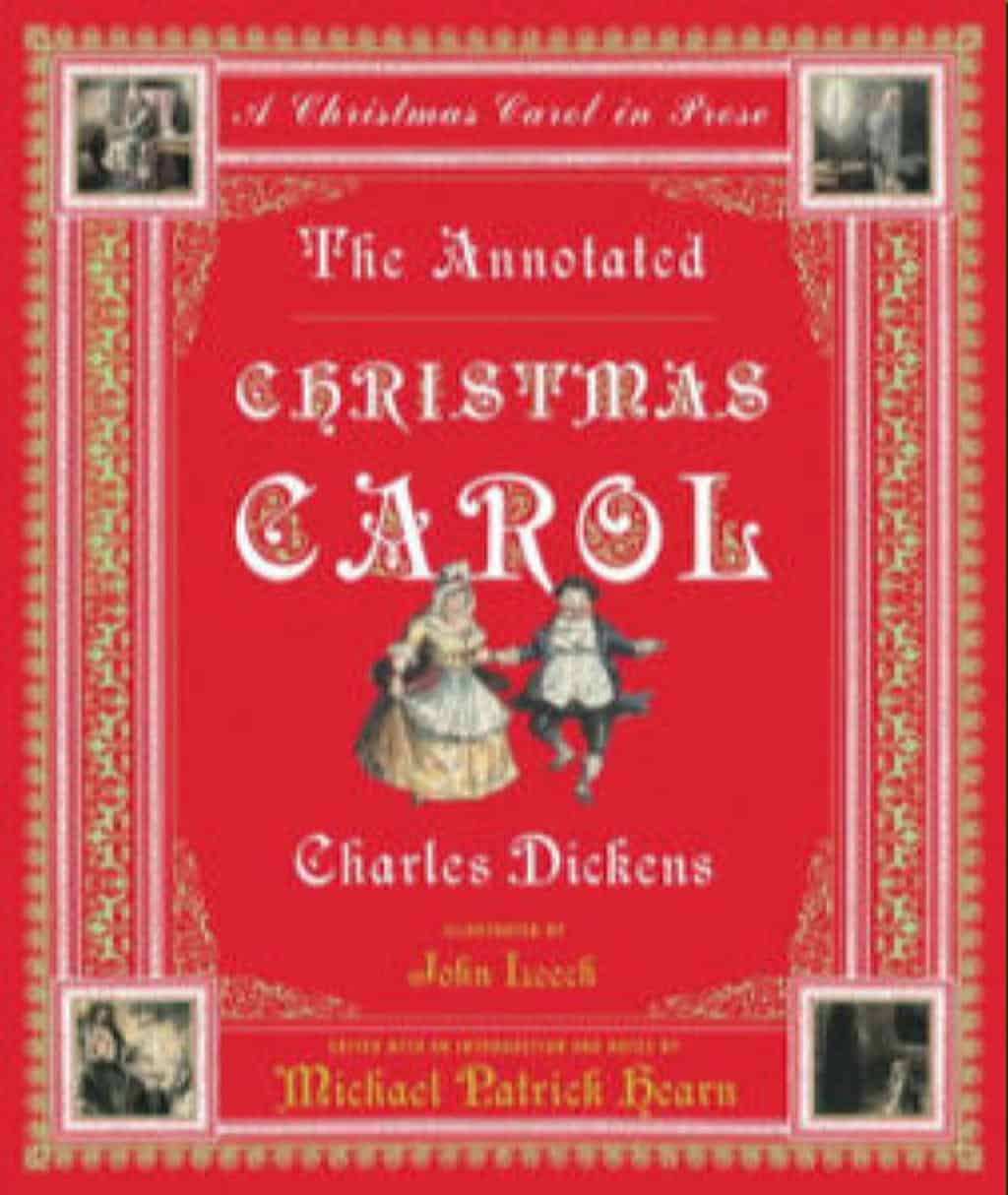 Thank Charles Dickens for Christmas
Thank Charles Dickens for Christmas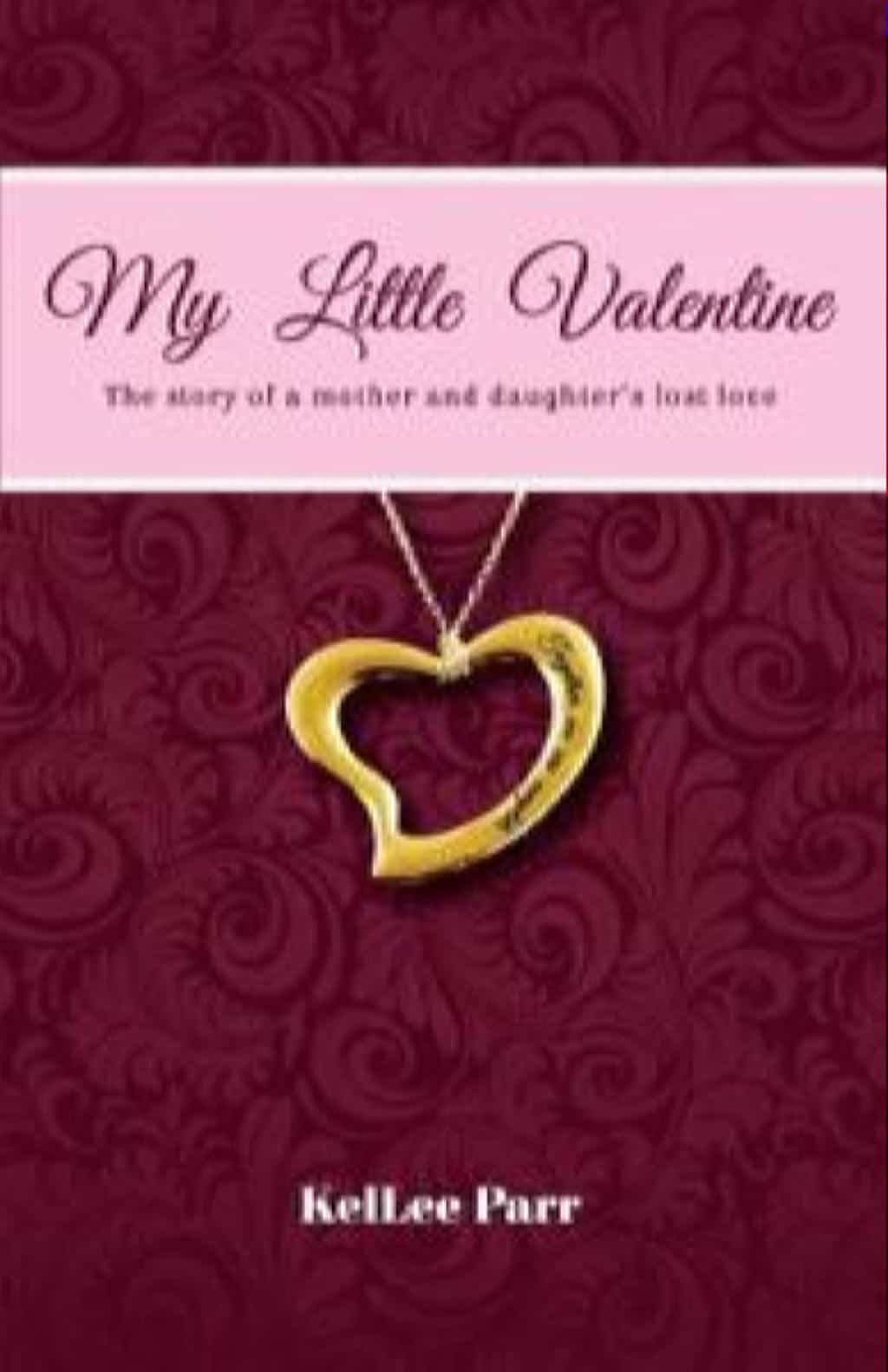 Heartwarming Reads from Local Authors
Heartwarming Reads from Local Authors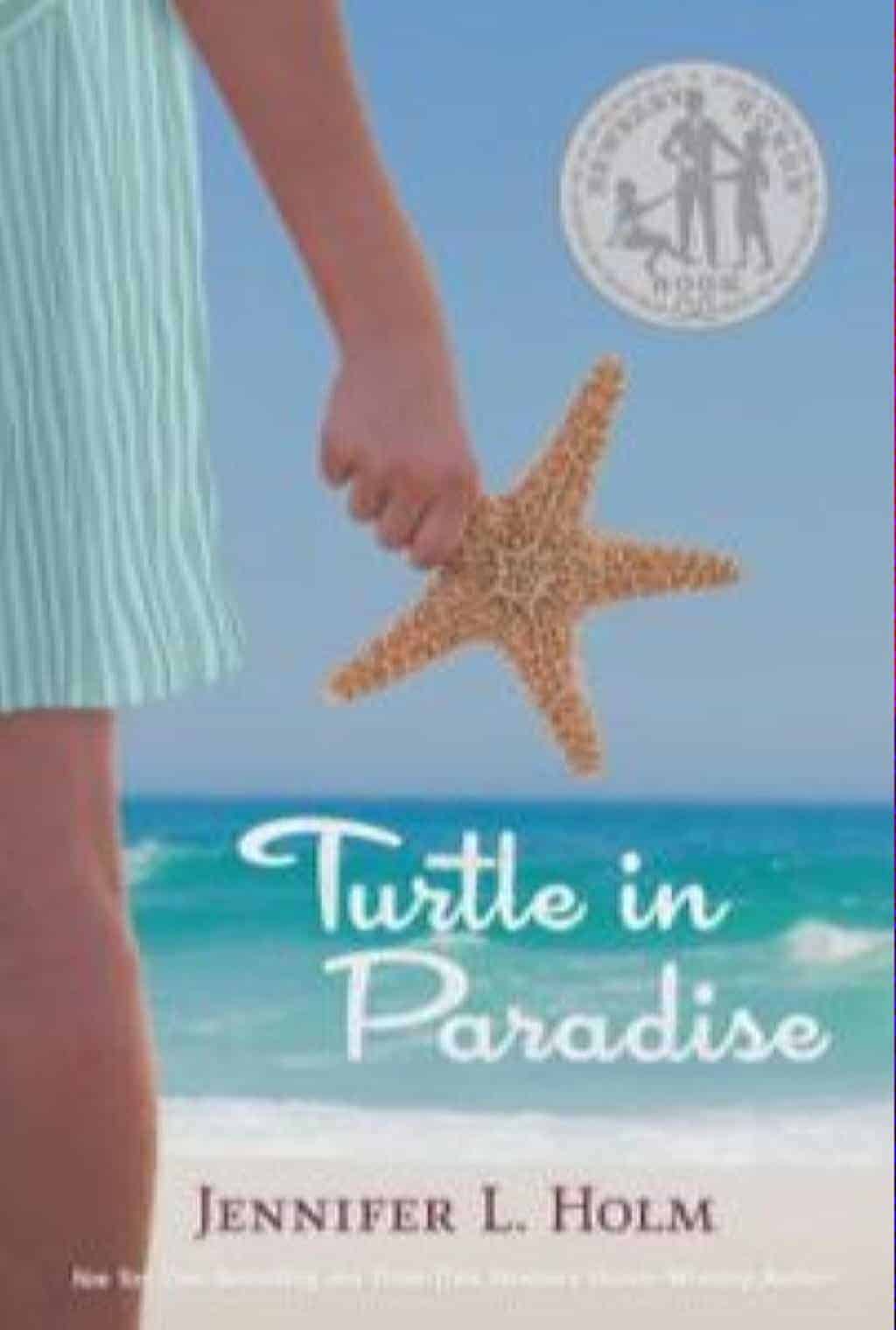 Middle Grade Reads
Middle Grade Reads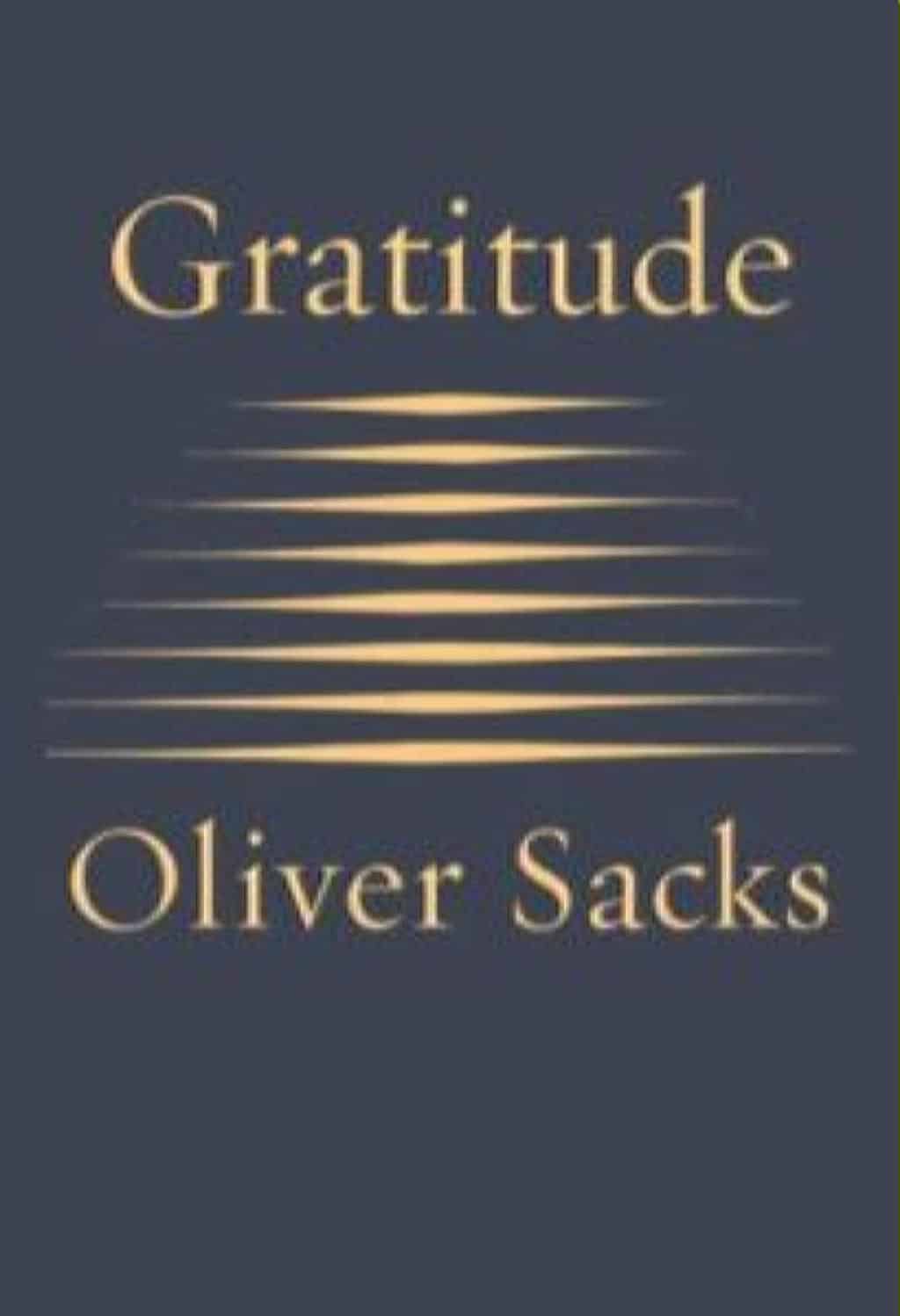 It’s All About Gratitude
It’s All About Gratitude